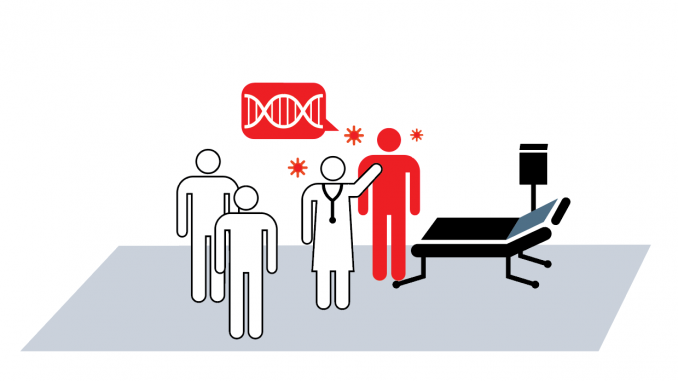
COVID-19 has truly shaken the world, killing over 72,000 people across the globe. The infection rate is rapidly rising in India too. Currently, there are 4643 active COVID-19 cases and 149 deaths in the country, according to the latest figures released by the Ministry of Health and Family Welfare. India is witnessing a growing number of COVID cases despite the 21-day lockdown imposed by the central government to contain the spread of the virus. This has raised a question among the people whether or not the established preventive measures like hand hygiene and social isolation are enough to prevent the virus? What else we need do to stay safe?
Experts around the world agree that the best way to stay safe and slow down the transmission of COVID-19 is to prevent exposure to the virus. It is believed that the COVID-19 virus spreads primarily through droplets of saliva or discharge from the nose when an infected person coughs or sneezes. As there are no specific vaccines or treatments for COVID-19, the preventive guidelines suggest washing hands frequently, not touching the face with unclean hands, and maintaining physical distance to avoid exposure to the virus. Some doctors also recommend removing our clothes as soon as we get home. Does that mean COVID-19 can spread from fabric?
Do we need to change our clothes often?
Researchers have found that the COVID-19 virus can remain on certain surfaces for up to three days. The virus lives the longest on plastic and steel, surviving for up to 72 hours, while on cardboard, it can survive up to 24 hours – according to researchers. However, they didn’t clearly mention about fabric.
One thing the experts do know at this point is that it’s harder to catch the virus from a soft surface (including fabric) than it is from frequently touched hard surfaces like elevator buttons or door handles. Also, evidences so far suggest that most transmissions are happening through close contact, and not from touching hard surfaces or clothing. Having said so, the COVID-19 virus does not spread from person to person that easily. It can happen when you are close enough to an infected person, say within 6 feet. That is the reason why experts say the best thing you can do to protect yourself is to stay home and practise social distancing.
However, if you got too close to someone who’s not in your household or someone coughed on you, there’s no harm in changing your clothes and washing it right away. If there are hard surfaces like buttons and zippers, there is a possibility that the virus might linger on them if the person coming from outside is a carrier.
Dry your clothes at high temperature, since the virus dies at temperatures above 133 degree celsius. While this is not always necessary, you can do so if it gives you peace of mind.

How to handle a sick person’s laundry
If someone is sick at home, wear disposable gloves when handling his or her dirty laundry. Wash your hands right after you take them off. Don’t shake the dirty laundry, it may send the virus into the air. However, there is no harm in mixing your own laundry in with those of the sick person.Use the warmest appropriate water setting and dry everything completely.

